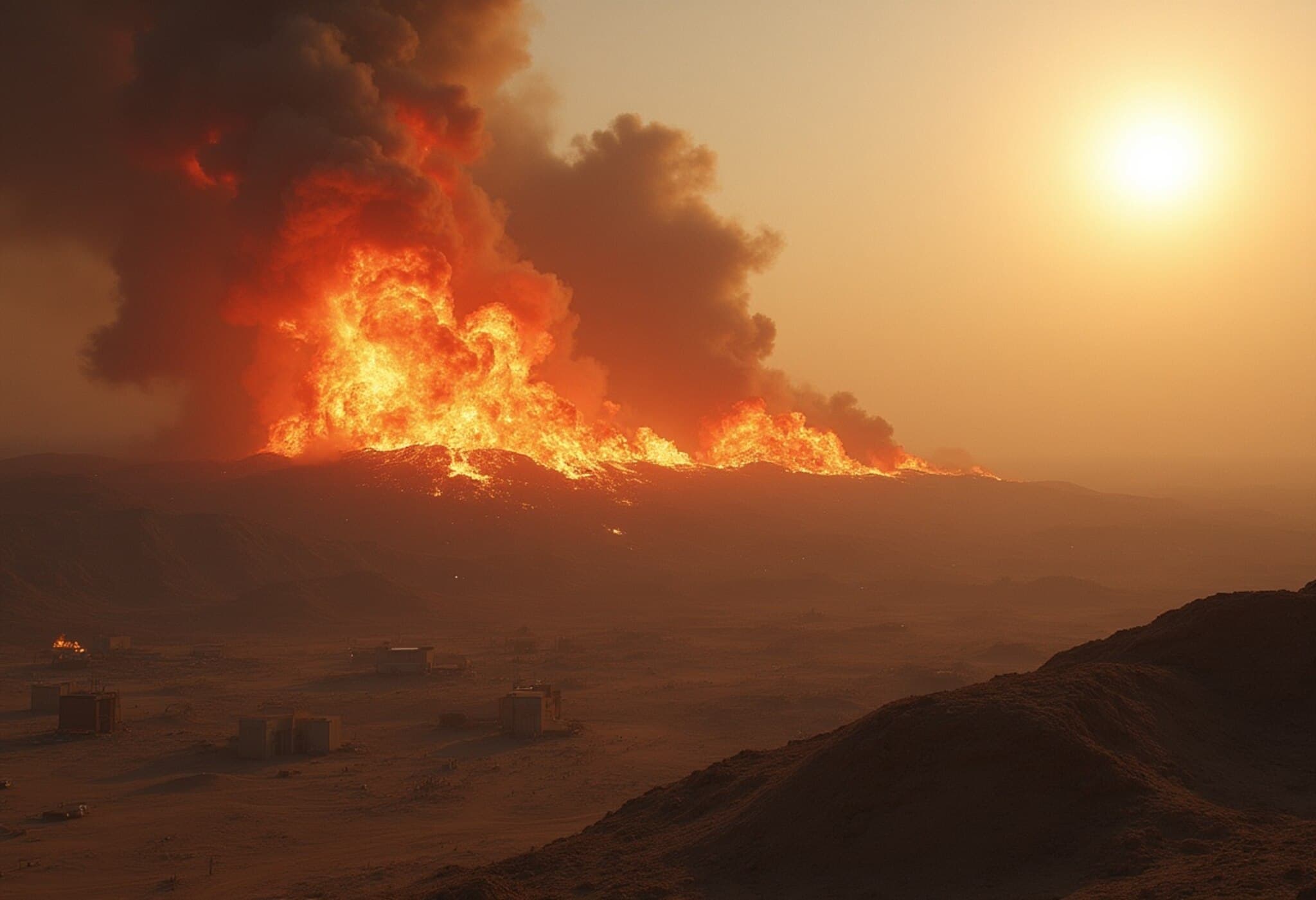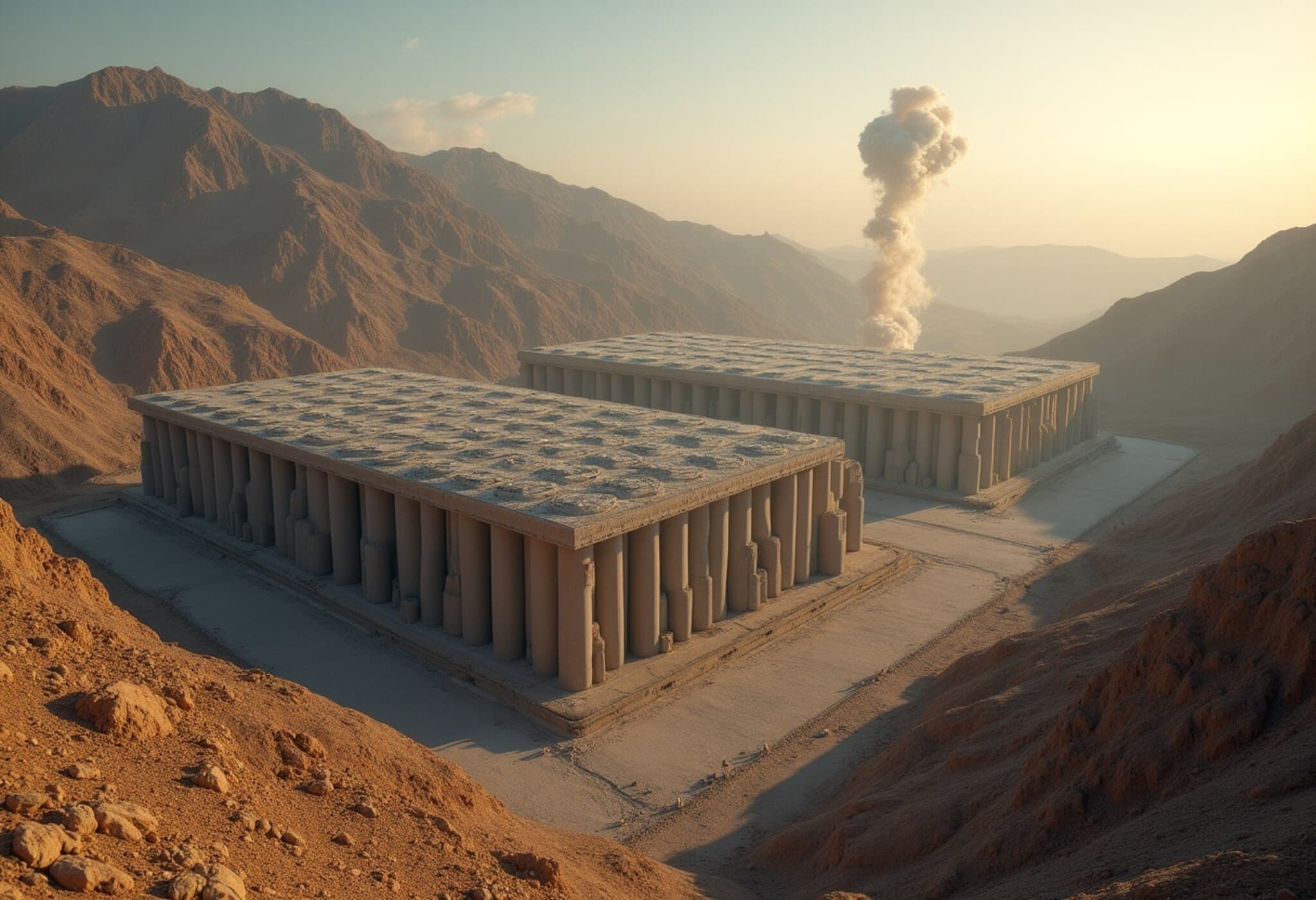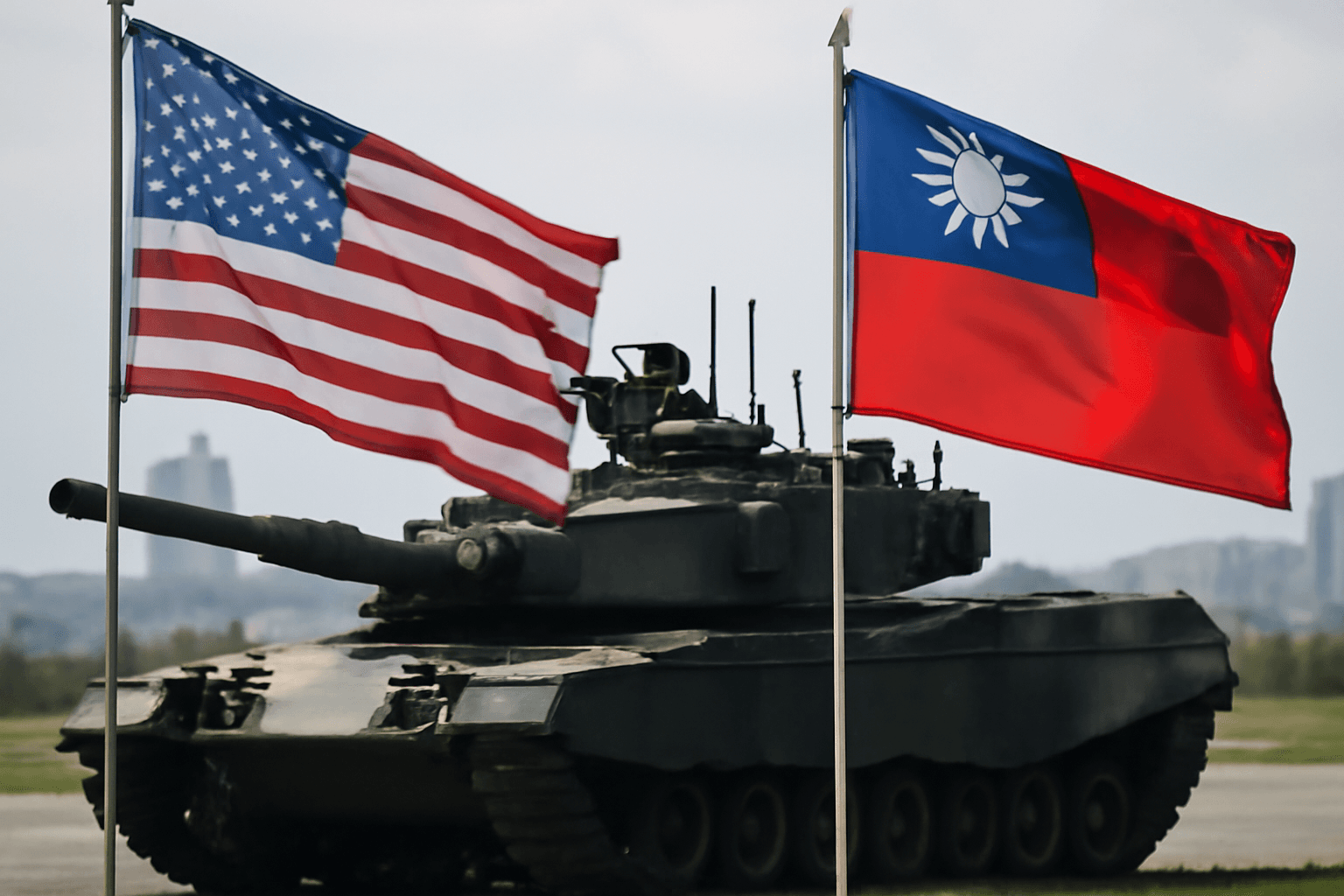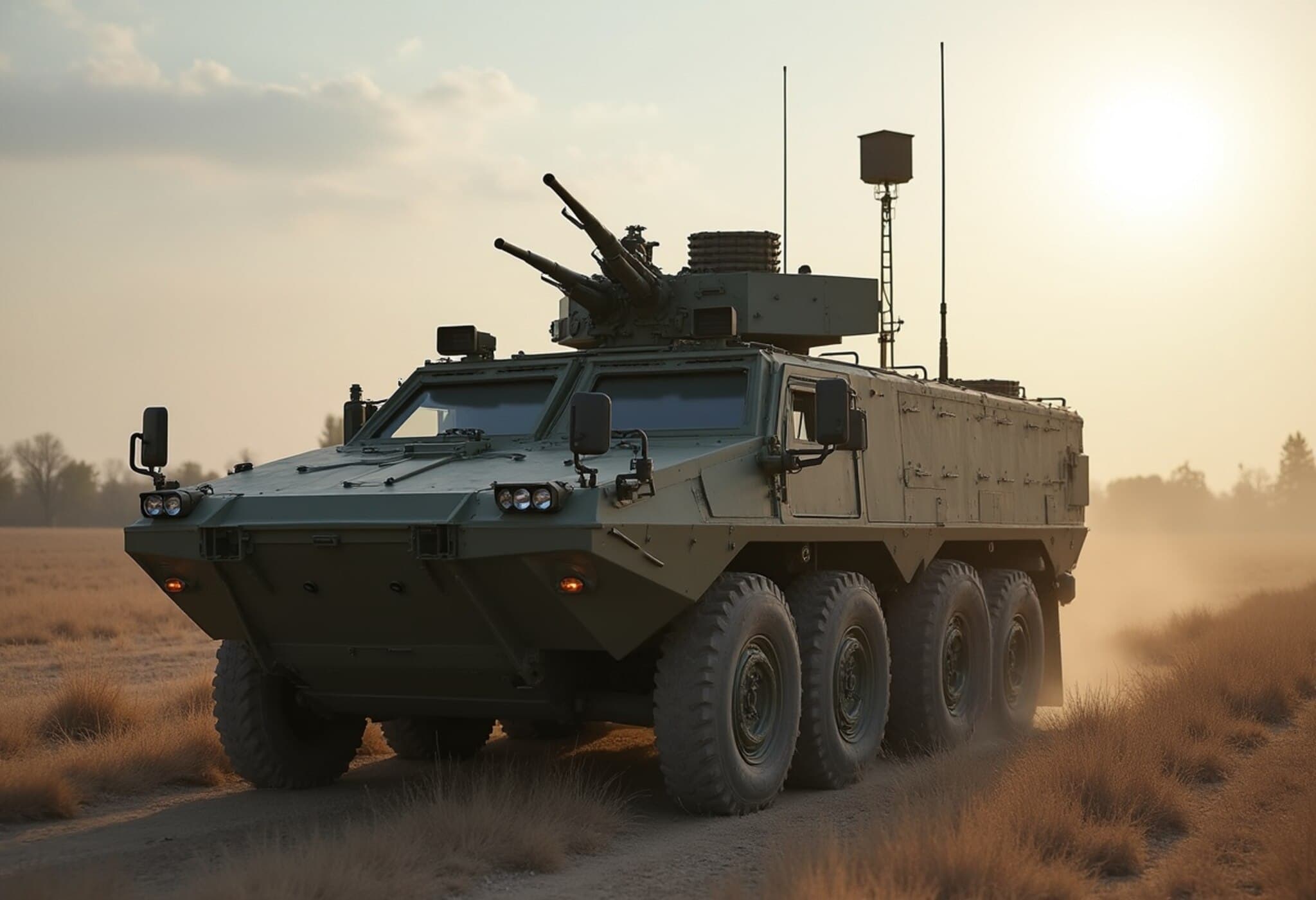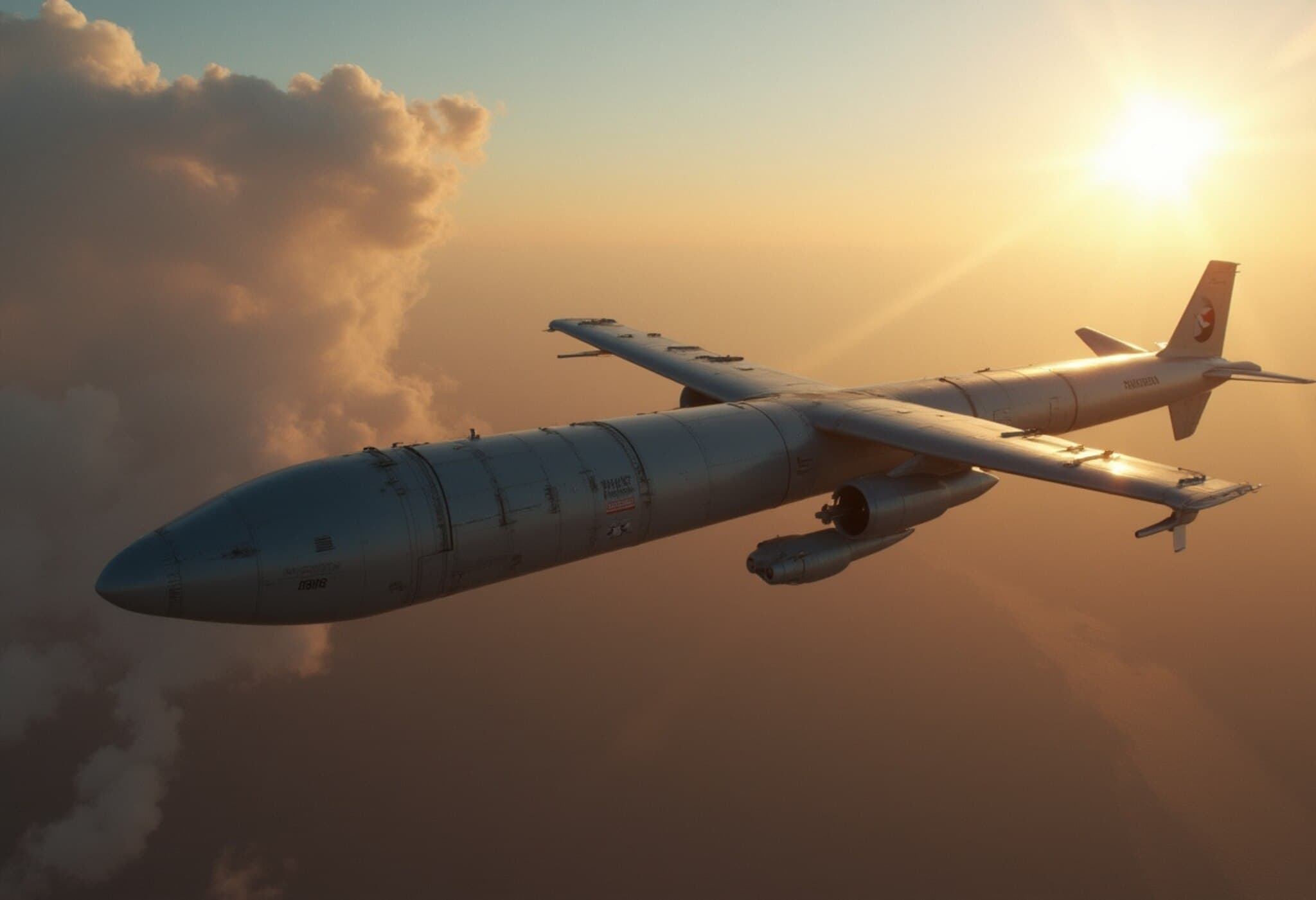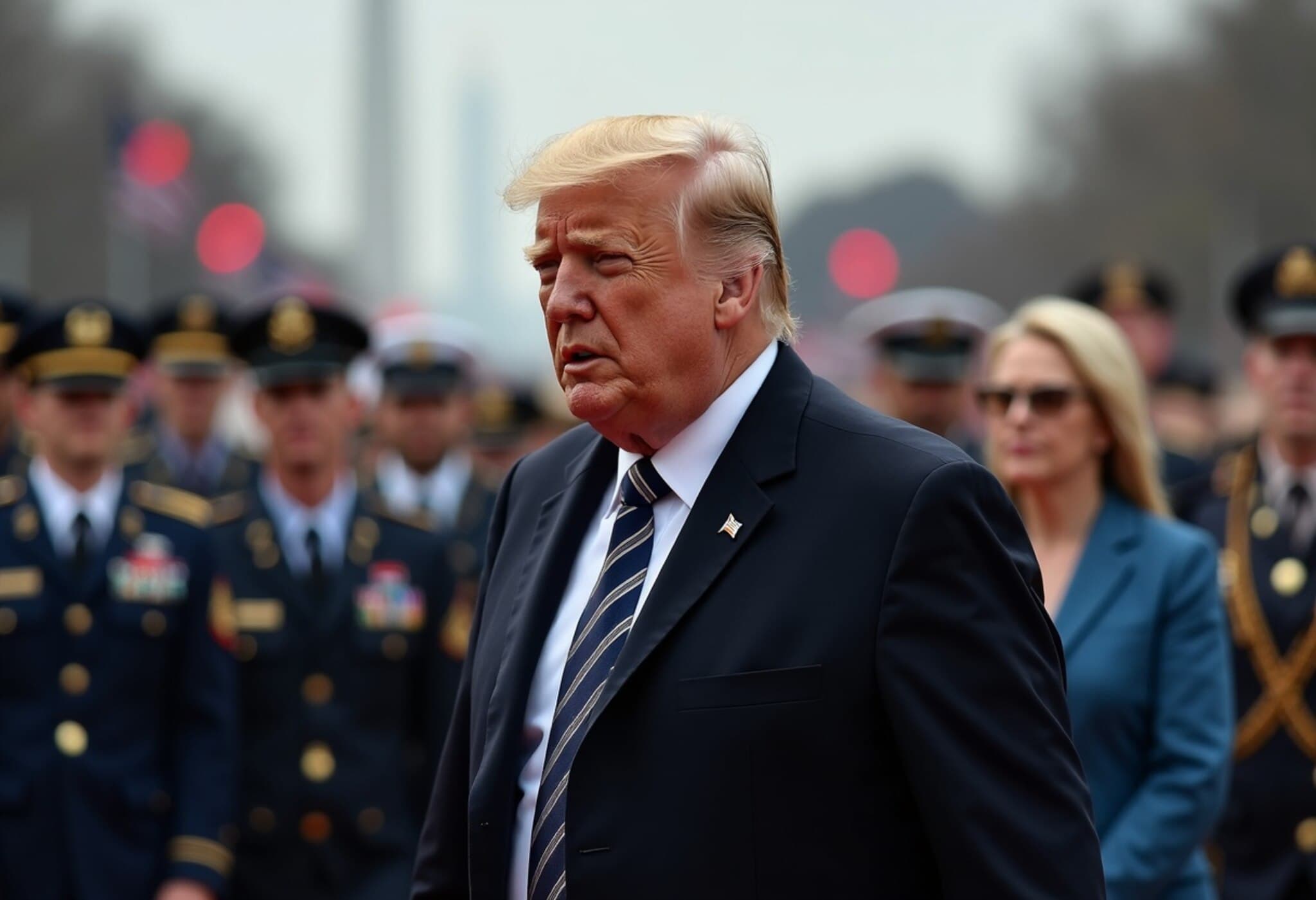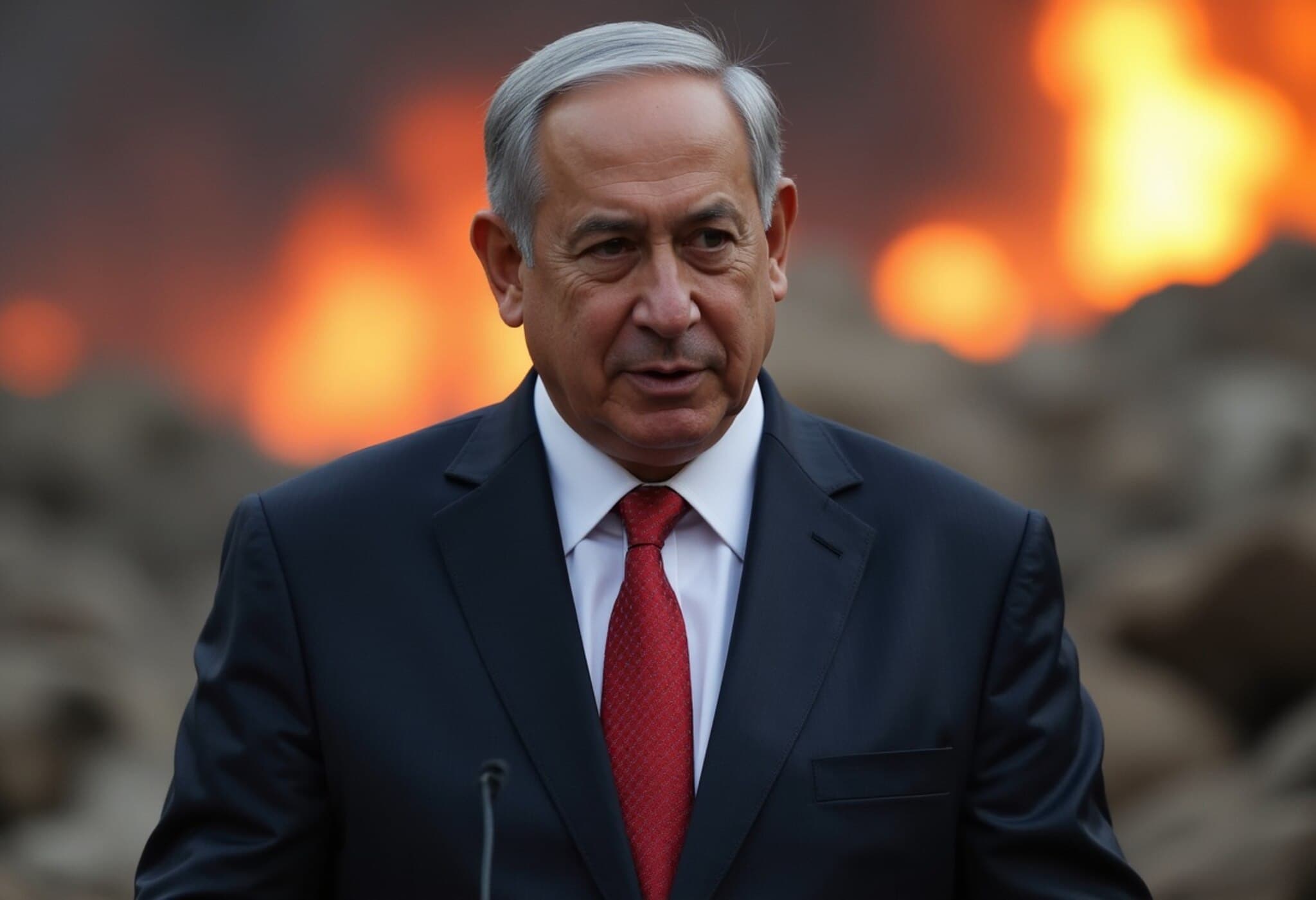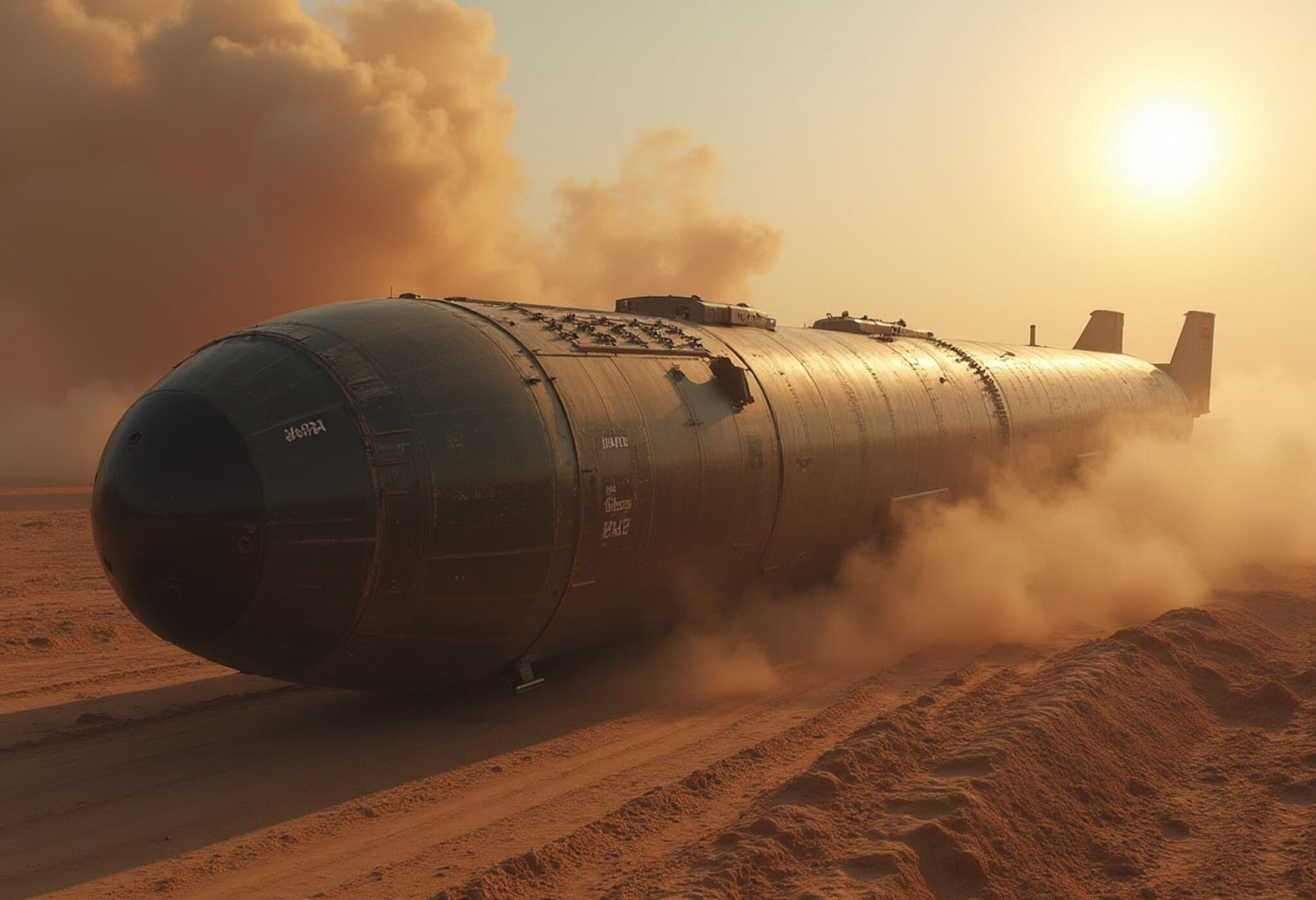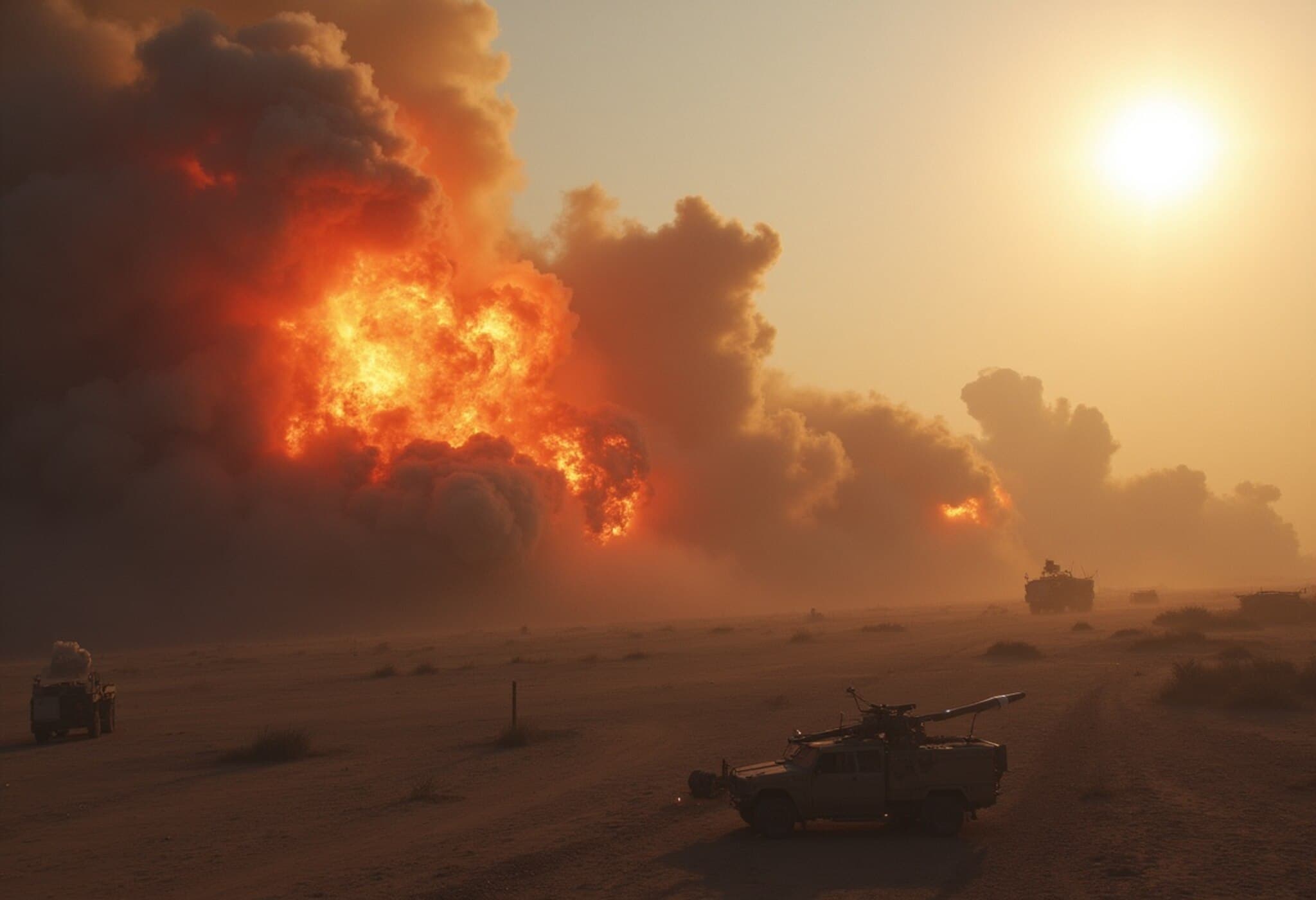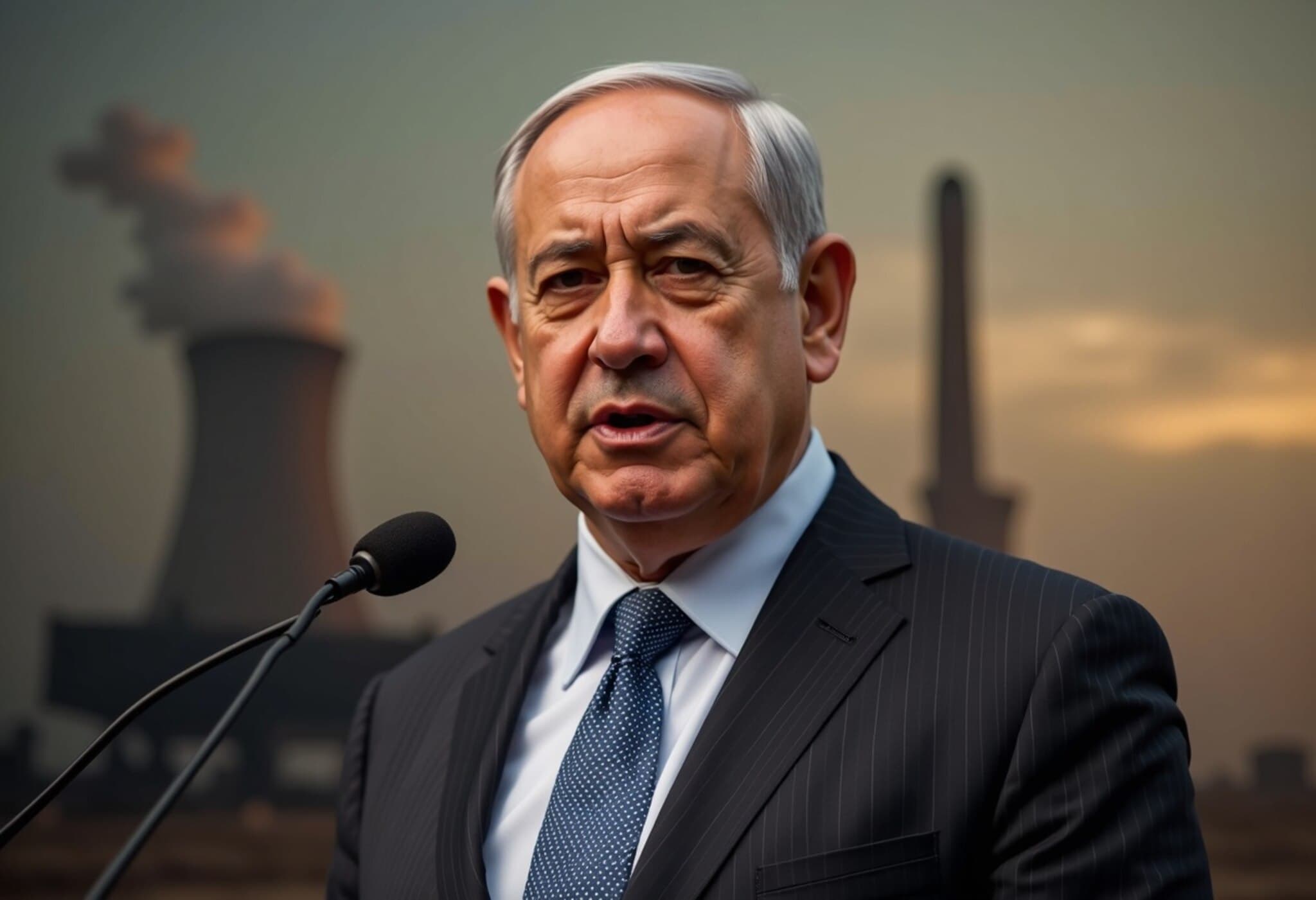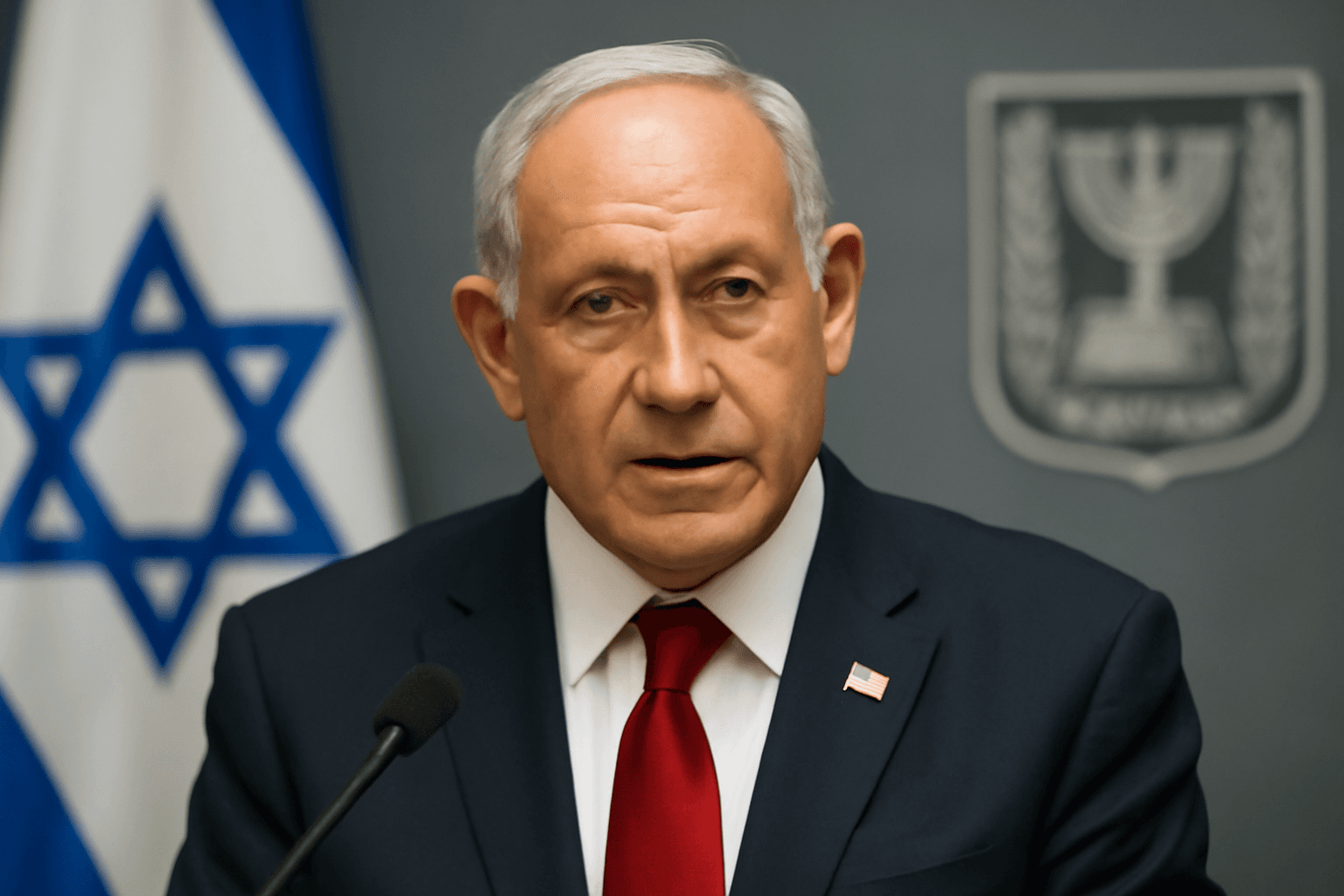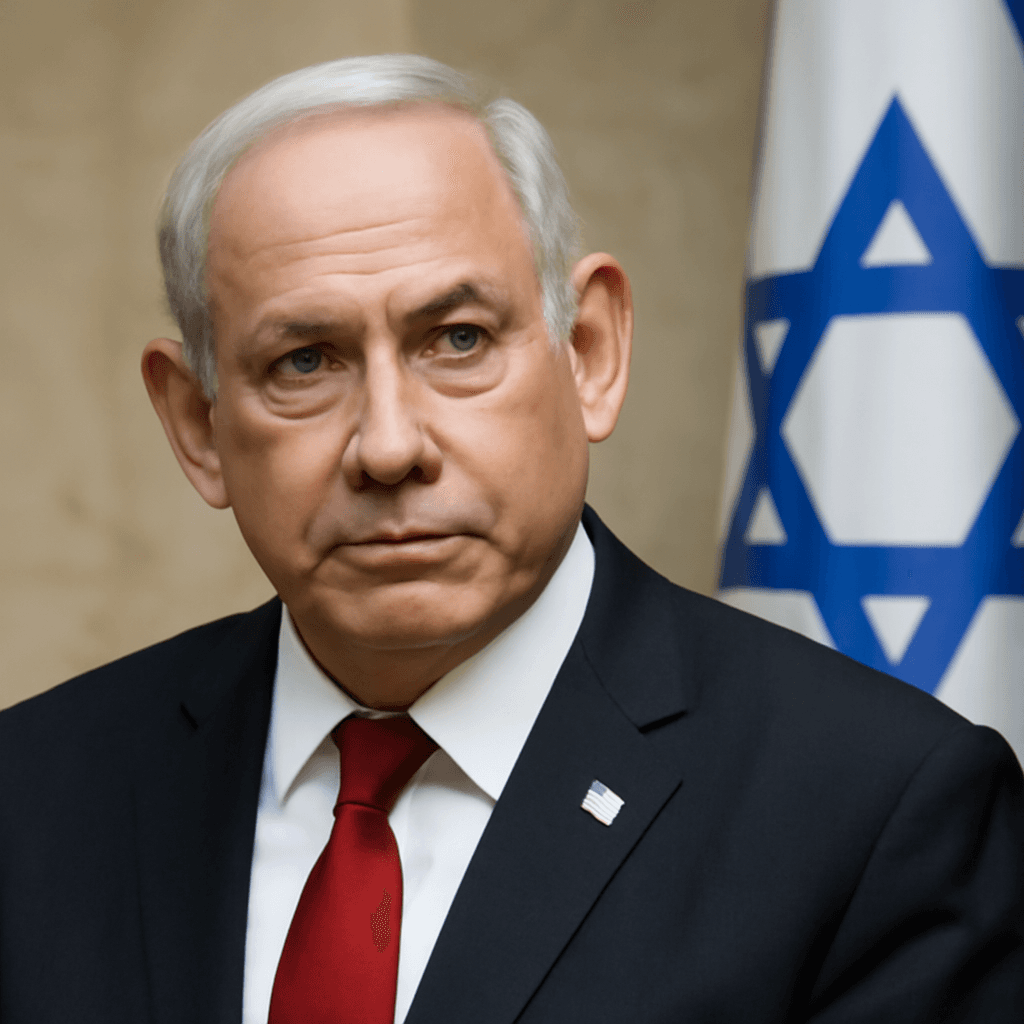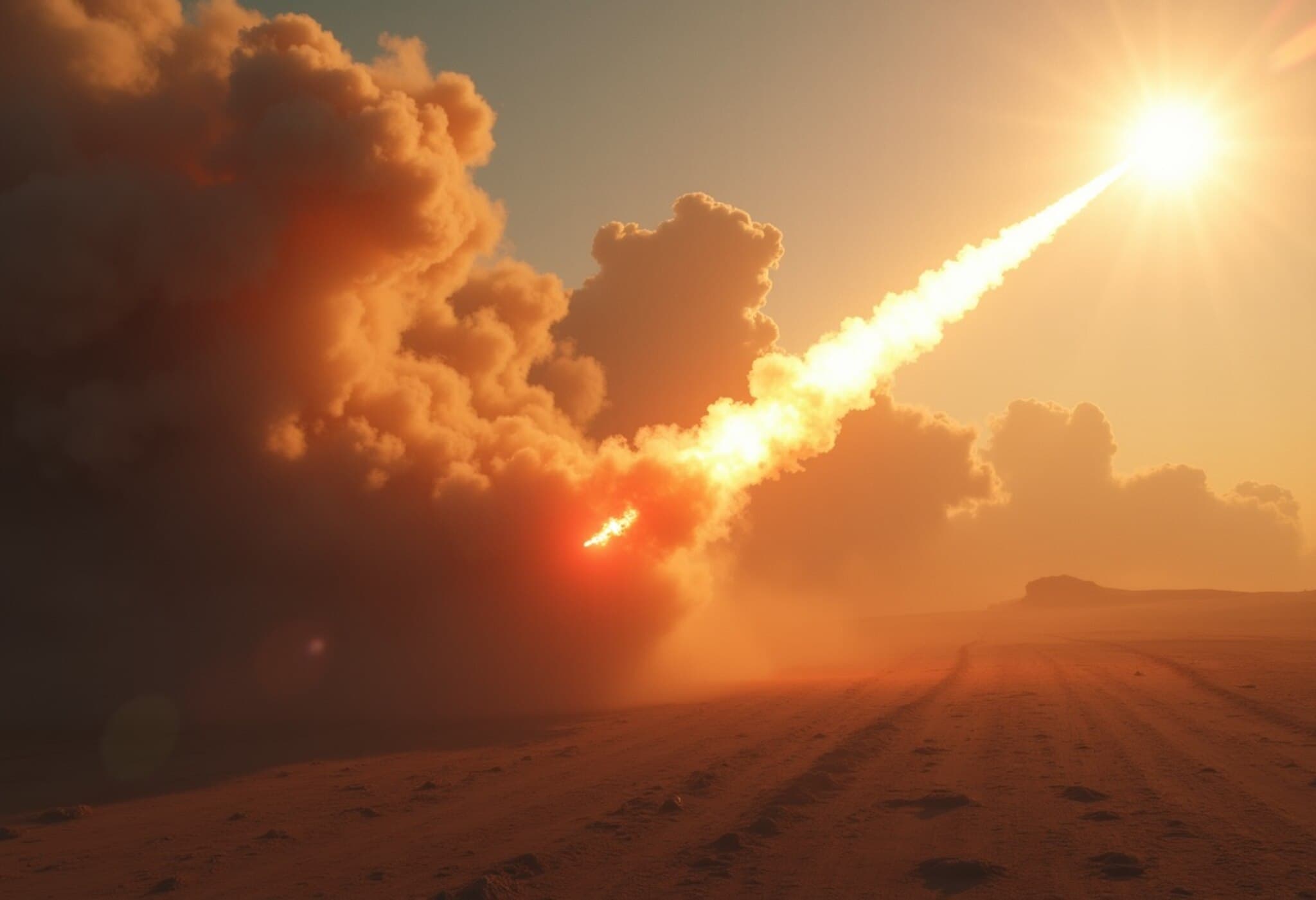Netanyahu’s Drive to Neutralize Iran’s Nuclear Ambitions
More than four decades after Iran’s leadership declared its intent to eliminate Israel, Israel has relentlessly undermined Tehran’s capabilities. With military leaders targeted, air defenses crippled, and critical facilities damaged, the Iranian Supreme Leader remains largely in the shadows. Yet, Israel’s efforts to demolish Iran’s deeply buried nuclear sites have yet to reach fruition. As these underground complexes remain elusive, Israeli leadership is looking toward American intervention, notably the potential use of advanced "bunker buster" bombs, to complete the mission.
Why Iran’s Underground Nuclear Sites Remain a Challenge
Israel’s campaign, dubbed Operation Rising Lion, prioritizes the destruction of Iran’s nuclear infrastructure. However, the country lacks the necessary firepower to penetrate Iran’s deeply fortified underground facilities, especially the renowned Fordow nuclear site, which houses advanced centrifuges producing weapons-grade uranium near the sacred city of Qom.
Unlike more accessible targets such as the Natanz facility, Fordow is protected by between 60 to 100 meters of reinforced concrete, rendering Israeli munitions ineffective. This depth far exceeds Israel’s conventional strike capabilities.
Two Strategies: Precision Strikes or US Bunker Busters
Experts highlight two primary methods Israel might pursue to breach these subterranean shields:
- Repeated Precision Bombing: Israel previously neutralized a high-value target hidden beneath 18-20 meters of concrete by delivering successive precision-guided bombs to gradually penetrate the bunker’s defenses. This brute force tactic involved deploying nearly 80 tons of explosives within seconds to break through the protective layers.
- Use of US "Mother of All Bombs": More formidable bunkers like Fordow require the deployment of specialized U.S. munitions such as the GBU-43/B MOAB and GBU-57A/B Massive Ordnance Penetrator (MOP). These are capable of penetrating up to 60 meters of concrete before detonating inside the target, maximizing internal destruction.
However, these advanced ordnance systems are tightly controlled by the U.S. military. Operation of the MOAB requires a specially modified C-130 aircraft, while the MOP bomb can only be released from a B-2 stealth bomber. Consequently, it is unlikely these weapons would be transferred directly to Israel; instead, the U.S. Air Force itself would need to conduct such strikes.
US Role: Strategic Partner or Decisive Ally?
Israel views U.S. cooperation as critical to the campaign’s success. Prime Minister Netanyahu and his team are optimistic about American involvement, whether through a proactive strike, a reaction to Iranian aggression against U.S. forces in the region, or a pre-emptive move prompted by intelligence of an imminent threat.
Recent American military moves hint at escalating involvement. Deployment of over 30 aerial refueling tankers to Europe to bolster Middle East operations, addition of fighter squadrons, and the hurried dispatch of the Nimitz carrier strike group to join another in the region collectively represent a significant buildup. These actions suggest readiness either to support Israel or to initiate direct operations.
Potential Outcomes: Four Scenarios on the Horizon
Experts outline four possible paths for this unfolding conflict:
- Full U.S. Involvement: Trump and American forces actively join the conflict, targeting Iran’s nuclear sites with heavy bunker busters.
- Limited U.S. Support: The U.S. endorses Israel’s actions but refrains from direct involvement or supplying specialized ordnance.
- Diplomatic Pressure: The campaign serves to compel Tehran into earnest negotiations and possible concessions.
- Iranian Internal Unrest: Heightened conflict triggers domestic opposition against the ruling regime, potentially leading to political upheaval.
Even if the most fortified sites like Fordow remain intact, experts believe Iran’s nuclear ambitions are effectively delayed by years due to degradation of critical components, ruling out quick or easy weapon development.
The Natanz Facility: A Glimpse at What’s Possible
While Natanz’s underground levels showed resilience, aboveground strikes targeting electricity systems have severely compromised operations there. According to international observers, centrifuges vital for uranium enrichment were either badly damaged or destroyed indirectly, illustrating Israel’s capability to disrupt Iran’s nuclear effort without breaching the deepest bunkers directly.
Conclusion: The High Stakes Game
Israel’s campaign to quash Iran’s nuclear threat is a complex, high-stakes gamble, heavily reliant on American backing. With regional tensions escalating and sophisticated underground nuclear facilities shielding key assets, the coming months will determine whether combined strategic military might can finally thwart Iran’s nuclear ambitions or if Tehran will find a way to persevere amid growing pressure.

